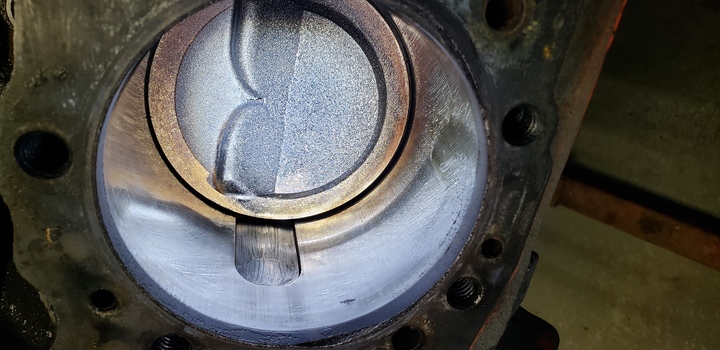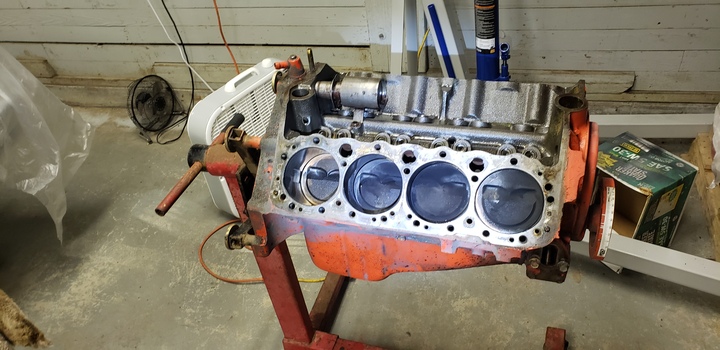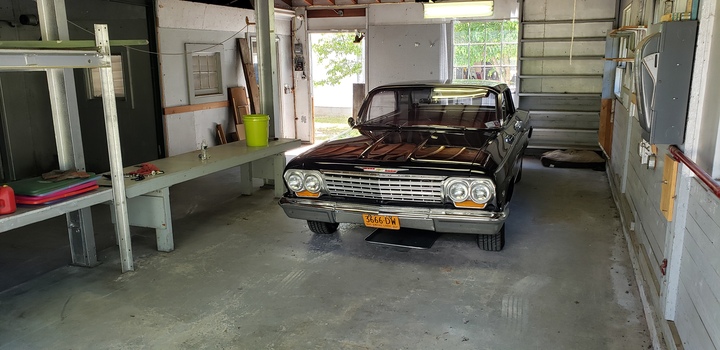Never came across this before, any idea the cause?
Then back story is the motor was rebuilt, say as was needed, cylinders just honed, new pistons, forget what was done in the heads, this was late 90s. So that cylinder lost compression. Friends 62 SS impala.
In my new shop, we just got the motor out and on the stand.
We've got a motor done by a reputable machine shop/engine buider going back in. Done right. My thoughts are that something was off with the previous work or parts, knowing the fine details of proper machine work.
The car has been brought back from the ground up,years in the making, long long story there



Then back story is the motor was rebuilt, say as was needed, cylinders just honed, new pistons, forget what was done in the heads, this was late 90s. So that cylinder lost compression. Friends 62 SS impala.
In my new shop, we just got the motor out and on the stand.
We've got a motor done by a reputable machine shop/engine buider going back in. Done right. My thoughts are that something was off with the previous work or parts, knowing the fine details of proper machine work.
The car has been brought back from the ground up,years in the making, long long story there




